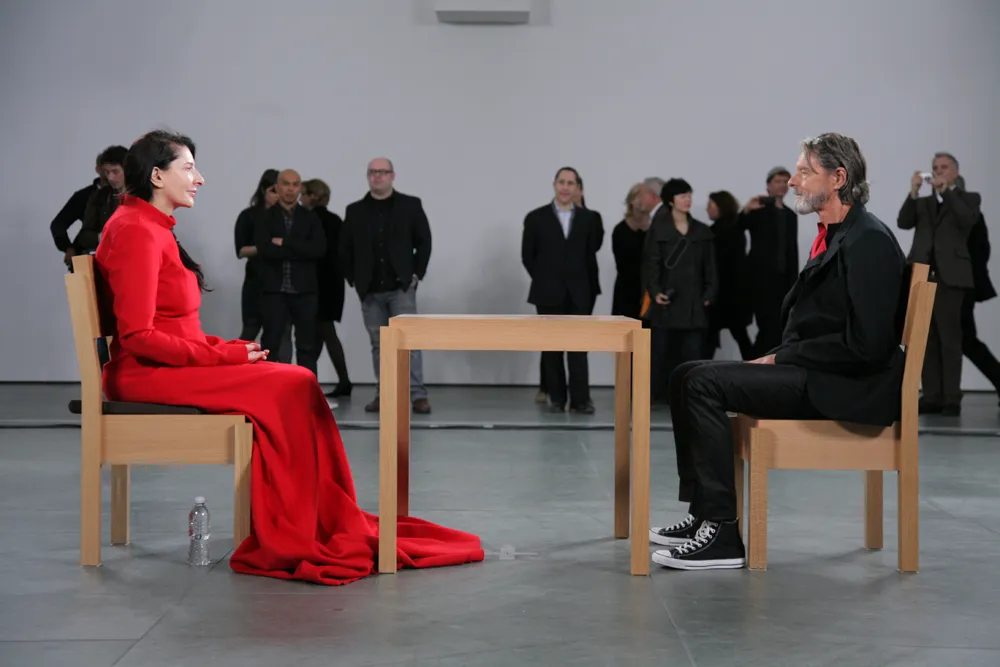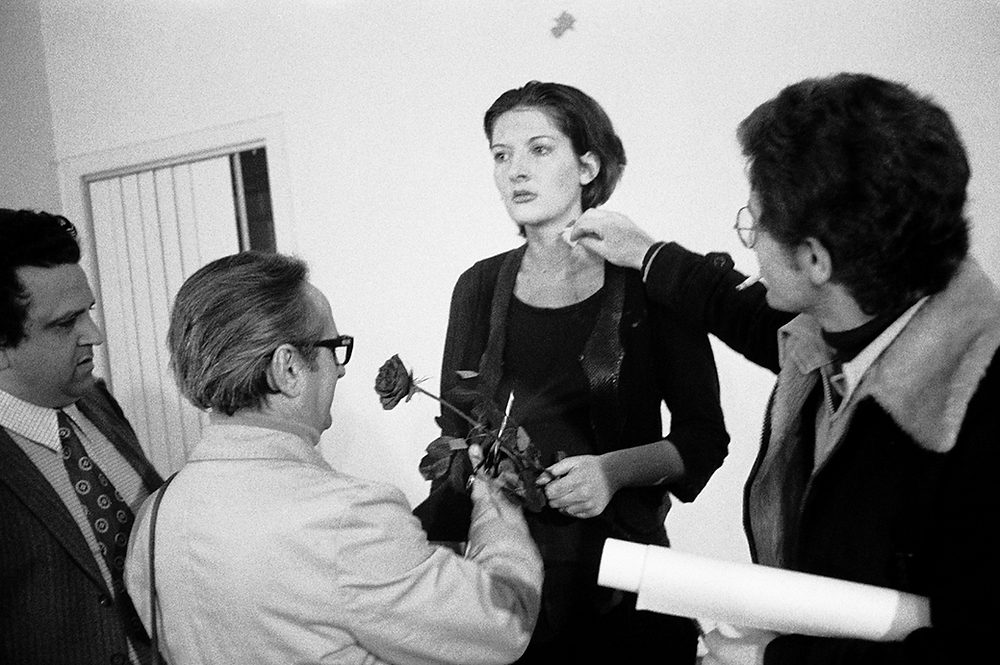21st-century art directly reflects social, cultural, and technological transformations. Among the many paths of contemporary production, the body has gained centrality as a tool for expression, language, and resistance. This trend emerges not only in performances but also in abstract art, which uses the body as both inspiration and metaphor.
Technology and the expansion of digital platforms have created new spaces for artists. In addition to exhibiting their works in physical galleries, they now reach audiences through online sales, where buyers can purchase abstract art and explore the best places to buy art online, connecting with contemporary visual languages.
The Body as Political and Poetic Symbol
According to the study The Body in Contemporary Art, from the University of Cambridge, published in 2019, the body is understood as a field of social, identity, and political disputes. It becomes a living support for critiques of consumerism, inequality, and aesthetic standardization. In 21st-century art, this focus on the body reflects a pursuit of freedom and the breaking of traditional norms.
Abstract art resonates with this concept by proposing interpretations beyond the obvious. In many pieces, the body appears as fragments, gestures, or traces, revealing emotions and conflicts. This approach has fueled growing interest among collectors and audiences, boosting the sale of abstract art on international platforms.
Contemporary artists like Marina Abramović and Tania Bruguera exemplify this use of the body as resistance and language. While their performances are often figurative, the abstract concepts behind their works inspire both creation and appreciation in today’s art market.

21st-century Art: Technology, Market, and New Forms of Interaction
21st-century art is deeply influenced by technology. Digital platforms and virtual art fairs have become the best places to buy art, offering not only fast transactions but also interactive experiences. According to the study Art Market 2023 by Art Basel and UBS, about 30% of global art sales last year occurred online, demonstrating the sector’s digital transformation.
This new dynamic also values works that combine traditional techniques and innovation, as seen in abstract art for decoration. Abstract aesthetics are versatile, adapting to both corporate spaces and conceptual galleries. Furthermore, the ability to buy art online allows collectors to connect with artists from around the globe, democratizing access to quality works.
As Nicolas Bourriaud notes in Relational Aesthetics (2009), contemporary art is a field of interaction. This idea reflects today’s reality, where artists, collectors, and audiences share experiences in both physical and digital spheres, elevating the symbolic and commercial value of artworks.



